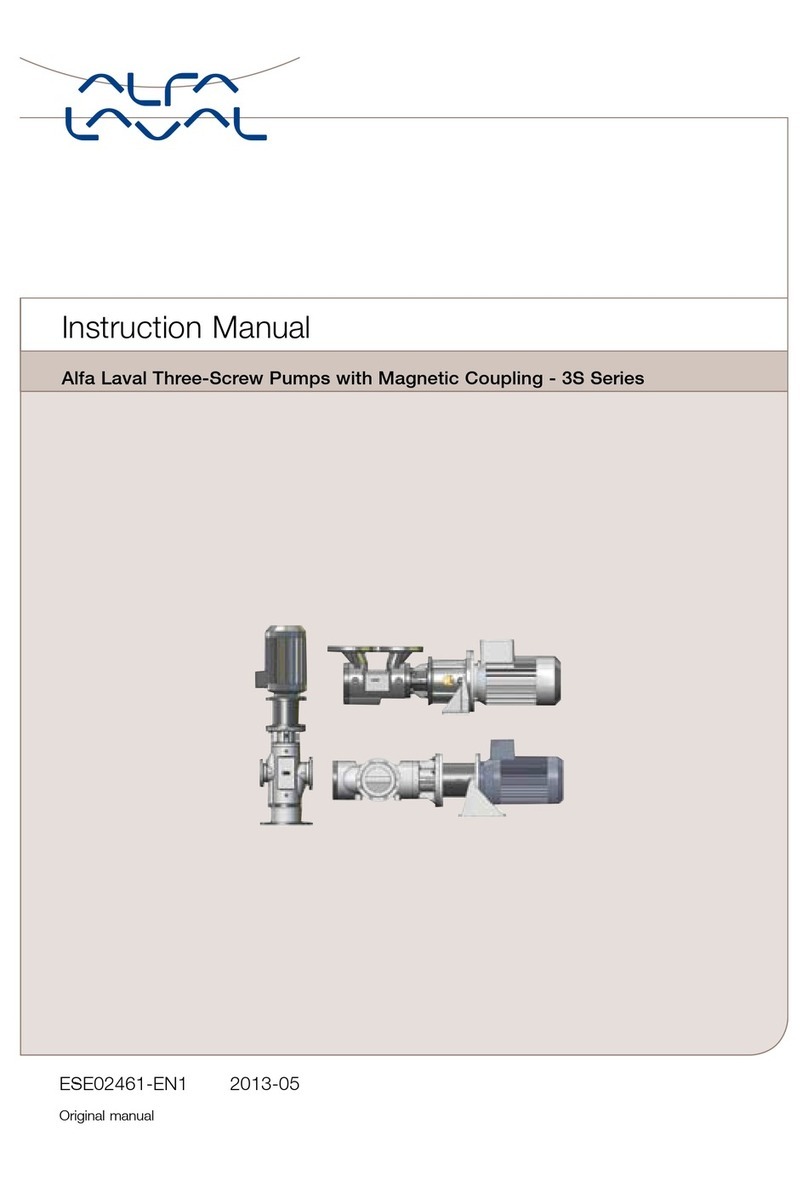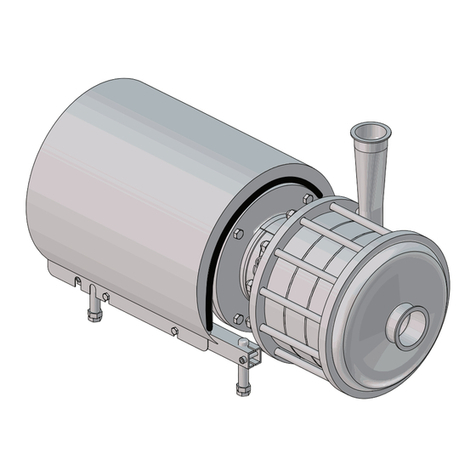
Table of contents
The information herein is correct at the time of issue but may be subject to change without prior notice
1. EC Declaration of Conformity ....................................................................... 5
2. Safety .................................................................................................... 6
2.1. Important information ............................................................................. 6
2.2. Warning signs ..................................................................................... 6
2.3. Safety precautions ................................................................................ 7
3. Installation .............................................................................................. 8
3.1. Unpacking/Delivery ............................................................................... 8
3.2. Installation ......................................................................................... 9
3.3. Pre-use check - Pump without/with impeller screw ........................................... 10
4. Operation ............................................................................................... 11
4.1. Operation/Control ................................................................................. 11
4.2. Fault finding ....................................................................................... 13
4.3. Recommended cleaning ......................................................................... 14
5. Maintenance ........................................................................................... 15
5.1. General maintenance ............................................................................. 15
5.2. Dismantling of pump/shaft seals ................................................................ 17
5.3. Assembly of pump/single shaft seal ............................................................ 19
5.4. Assembly of pump/flushed shaft seal ........................................................... 21
5.5. Assembly of pump/double mechanical shaft seal ............................................. 23
5.6. Adjustment of shaft (LKH-5) ..................................................................... 25
5.7. Adjustment of shaft (LKH-10 to -90) ............................................................ 27
5.8. Cleaning Procedure ............................................................................... 29
6. Technical data ......................................................................................... 30
6.1. Technical data ..................................................................................... 30
6.2. Relubrication Intervals ............................................................................ 31
6.3. Addendum ......................................................................................... 32
7. Parts list and Service Kits ........................................................................... 33
7.1. LKH-5 Sanitary Version .......................................................................... 33
7.2. LKH-10, -15, -20, -25, -35, -40, -50, -60 Sanitary Version .................................. 34
7.3. LKH-70 - 90 Sanitary Version ................................................................... 35
7.4. LKH-5 Centrifugal Pump Single, Flushed and Double Mechanical Shaft Seal .............. 36
7.5. LKH-10 Centrifugal Pump Single, Flushed and Double Mechanical Shaft Seal ............ 38
7.6. LKH-15 Centrifugal Pump Single, Flushed and Double Mechanical Shaft Seal ............ 40
7.7. LKH-20 Centrifugal Pump Single, Flushed and Double Mechanical Shaft Seal ............ 42
7.8. LKH-25 Centrifugal Pump Single, Flushed and Double Mechanical Shaft Seal ............ 44
7.9. LKH-35 Centrifugal Pump Single, Flushed and Double Mechanical Shaft Seal ............ 46
7.10.LKH-40 Centrifugal Pump Single, Flushed and Double Mechanical Shaft Seal ............ 48
7.11.LKH-45 Centrifugal Pump Single, Flushed and Double Mechanical Shaft Seal ............ 50
7.12.LKH-50 Centrifugal Pump Single, Flushed and Double Mechanical Shaft Seal ............ 52
7.13.LKH-60 Centrifugal Pump Single, Flushed and Double Mechanical Shaft Seal ............ 54
7.14.LKH 5-60 Centrifugal Pumps, Shaft Seals ..................................................... 56
7.15.LKH-70 Centrifugal Pump Single, Flushed and Double Mechanical Shaft Seal ............ 58
7.16.LKH-75 Centrifugal Pump Single, Flushed and Double Mechanical Shaft Seal ............ 60
7.17.LKH-80 Centrifugal Pump Single, Flushed and Double Mechanical Shaft Seal ............ 62
7.18.LKH-85 Centrifugal Pump Single, Flushed and Double Mechanical Shaft Seal ............ 64
3






























